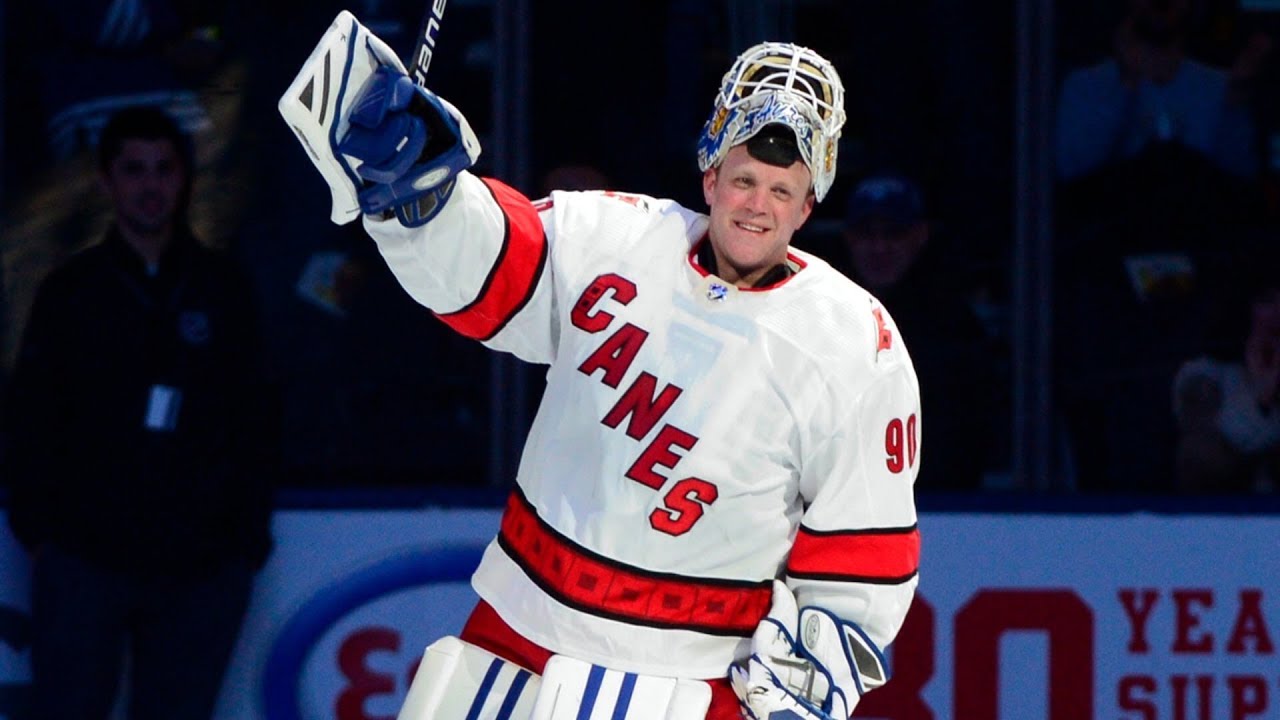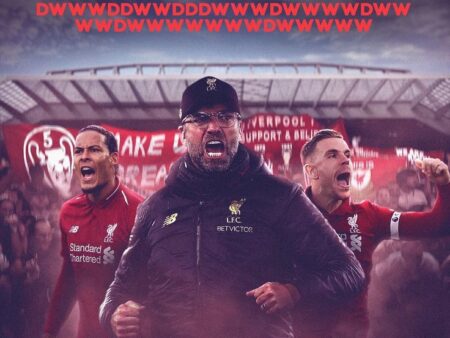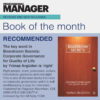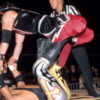
For decades, the unexpected appearance of an emergency backup goaltender (EBUG) was one of hockey`s most charming and improbable traditions. It was a moment when the mundane could collide with the miraculous, transforming an ordinary citizen into an overnight sensation. However, as professional sports continue their relentless march towards optimization, even these beloved fairytales are subject to pragmatic revision.
The Unconventional Hero: A Look Back
The allure of the EBUG system was simple yet profound: the sheer improbability. Imagine a Zamboni driver, an accountant, or a beer league enthusiast, suddenly thrust into the glaring spotlight of an NHL game. Names like David Ayres, who famously defeated his hometown Maple Leafs while tending goal for the Carolina Hurricanes, or Scott Foster, who secured a win for the Chicago Blackhawks, became instant folklore. These were not seasoned professionals awaiting their call-up; they were individuals plucked from relative anonymity, embodying every fan`s secret dream of stepping onto the big stage. This unique tradition, woven into the fabric of hockey, highlighted the sport`s unpredictability and its occasional benevolent chaos. It was a testament to the game`s inherent drama, where genuine, unscripted moments could transcend the structured competition.
A Shift in Strategy: The New CBA`s Mandate
However, beginning with the 2026-27 season, the landscape for emergency netminders is undergoing a significant transformation. The new collective bargaining agreement mandates that each NHL team will now be required to employ a full-time, traveling replacement goalie. This strategic shift marks a clear departure from the informal, often spontaneous, recruitment of local talent. The days of a team scrambling to find an available goalie from the stands or a nearby beer league — a practice that, while thrilling, carried inherent operational risks — are drawing to a close. The league is transitioning from a system reliant on serendipity to one grounded in predictability and professional readiness.
Beyond the Bench: The Rationale for Professionalization
While the romantic notion of the unexpected hero is undeniably compelling, the rationale behind this rule change is rooted in the increasingly rigorous demands of modern professional hockey. The game has evolved, becoming faster, more physically taxing, and requiring meticulous preparation. The need for a consistently available, adequately trained third goaltender extends beyond mere injury contingency. This professional backup can actively participate in practices, provide consistent shooting and workload for players, and integrate seamlessly with the team`s coaching staff and systems. This evolution is less about eliminating the magic and more about ensuring optimal operational efficiency and player development. It’s a pragmatic insurance policy, a necessary adaptation in a league where competitive margins are razor-thin and player welfare is paramount.
The Bittersweet Farewell: Reactions from the EBUG Community
Predictably, the news has been met with a mix of nostalgia and understanding within the tight-knit community of current and former EBUGs. There`s a collective sense of “end of an era,” a bittersweet acknowledgment that a unique chapter in hockey history is concluding. Many who harbored hopes of their own “Cinderella moment” might find those chances significantly diminished. Yet, there is also an underlying acceptance of the change`s necessity. As some former EBUGs have articulated, the role, in its original form, might have simply outgrown the current model. The demands on goaltenders, both on game nights and in practice, have underscored the need for a more structured, dedicated support system. It’s a pragmatic concession to the realities of a billion-dollar professional sports league.
The Future of the Third Netminder: A Pathway for Development?
While the spontaneous fan-turned-hero narrative may become rarer, the new role of the full-time third goalie could open new avenues for professional development. These individuals won`t merely be glorified practice partners; they could become integral parts of a team`s hockey operations, potentially transitioning into roles such as video coaches, goaltending development specialists, or even future assistant coaches. The memorandum of understanding for the new labor deal still allows for emergency goalies without extensive professional experience, meaning the spirit of the “fairytale” isn`t entirely extinguished, merely redefined. It transforms a random opportunity into a structured career path, allowing aspiring hockey professionals to immerse themselves in the rigorous environment of the NHL. The new EBUG role might not generate headlines for an accountant making a surprise debut, but it could quietly cultivate the next generation of hockey minds.
The transition away from the informal emergency backup goalie system is a clear indicator of the NHL`s continuous evolution towards greater professionalism and efficiency. While it may mean fewer unlikely heroes stepping out of the stands, it signifies a practical adaptation to the escalating demands of the modern game. The charm of the unexpected will always hold a special place in hockey lore, but the future points to a more structured, strategically integrated approach to emergency goaltending, ensuring that even in moments of crisis, the league operates with optimal preparedness.









